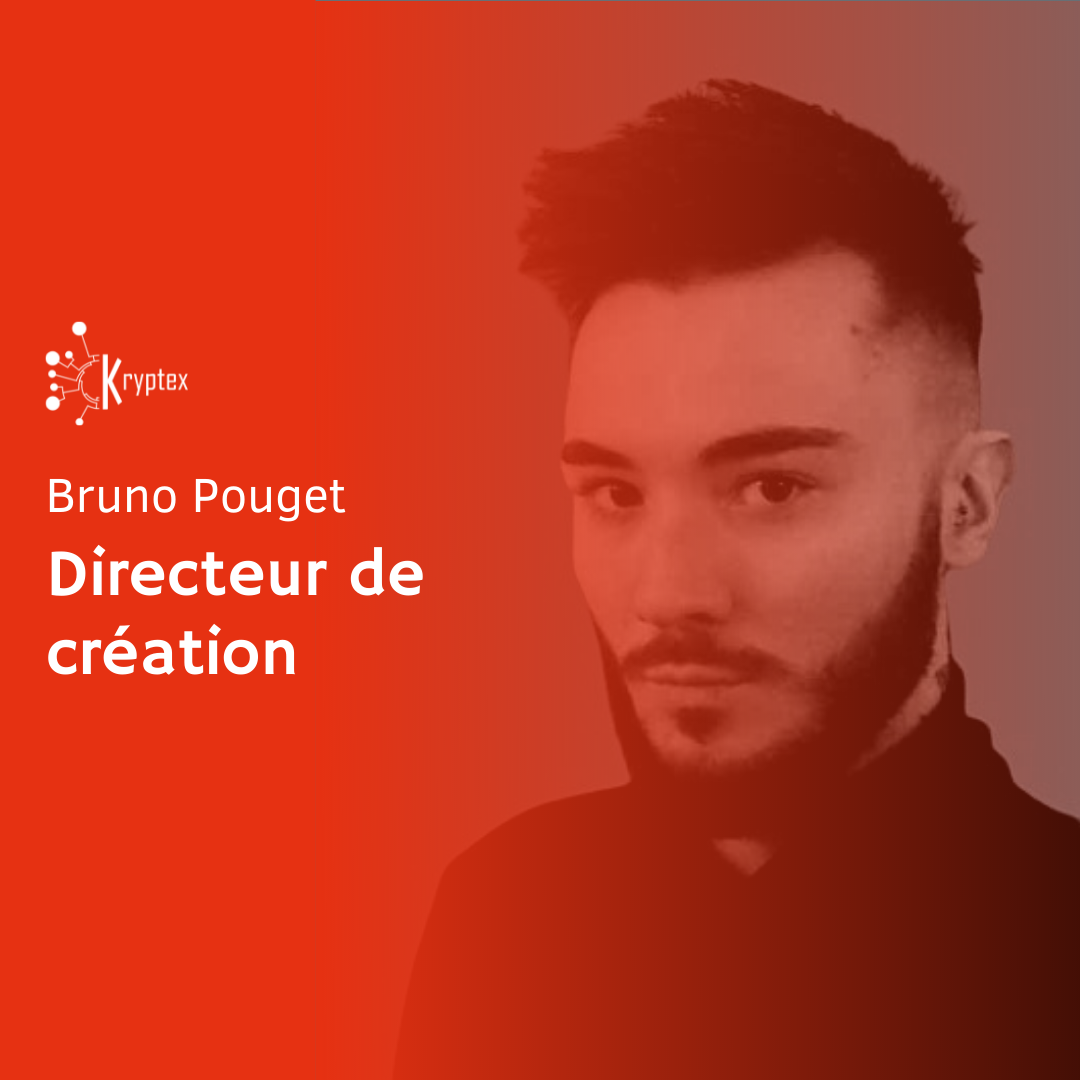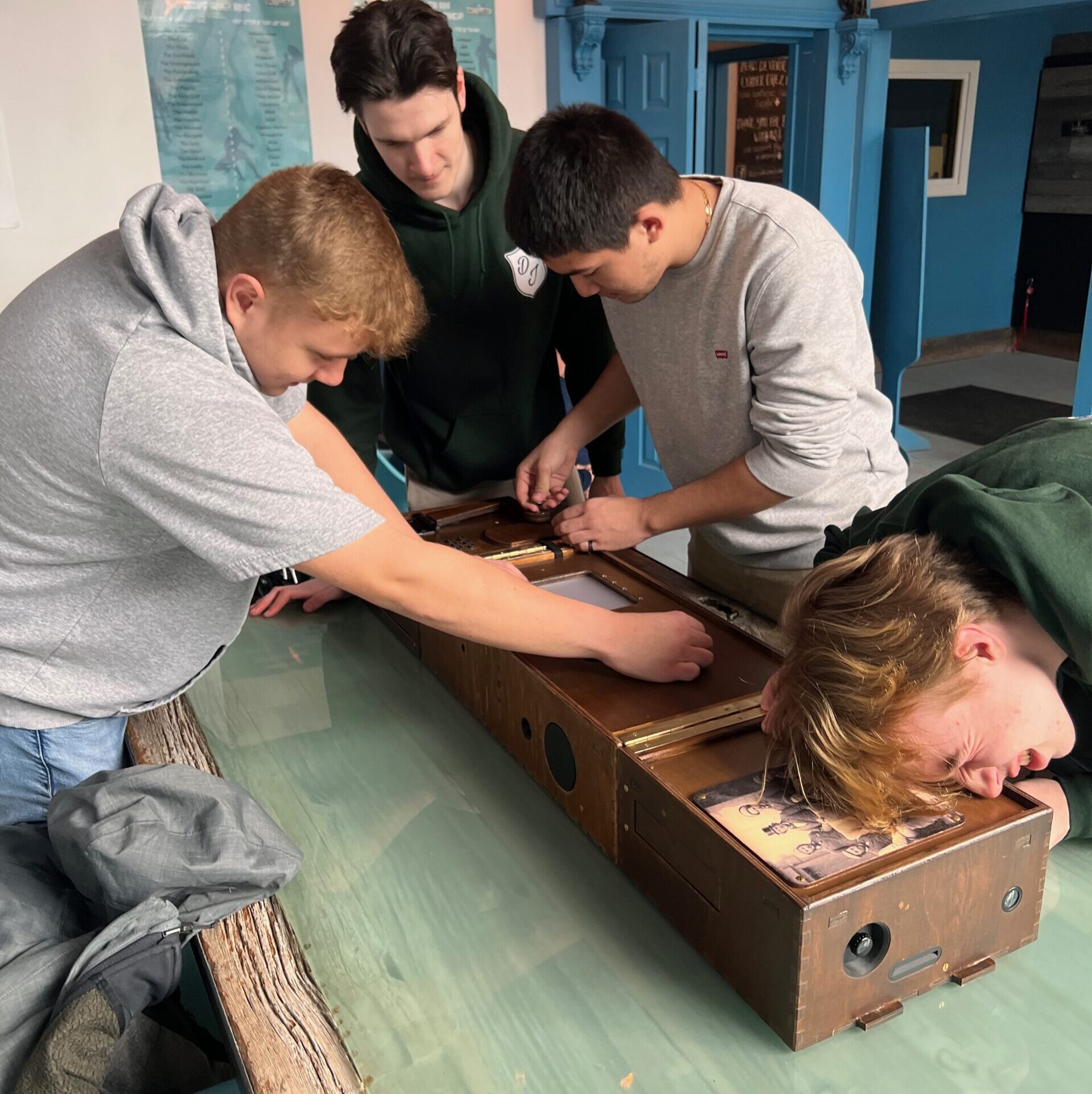“I created a game for an opera in which we used the configuration of the venue to tell a story.”
Bruno Pouget is creative director at Kryptex. Since he started in the escape game business in 2016, Bruno has created nearly 250 games, from classic escape games to treasure hunts, serious games and action games. He explains what drives him in this sector and looks back at the achievements that have marked him.
You are the creative director at Kryptex. What does it consist of?
My role is to create new experiences, to manage the technological watch on all the software that allows us to create, to learn about what is being done elsewhere in the sector, to always stay on the cutting edge and stay ahead of the game. I also supervise the entire creative team while participating in the production part of the design.
You are an architect by training. How do you go from archi to game design?
I have always been passionate about video games. During my studies in architecture, I focused my research on architecture in video games, the way video games can make us think differently about architecture. That’s how, in parallel to my architectural studies, I became interested in game design and thus in the creation of games. The escape game seemed to me to be the perfect medium to cross architecture and game design. In the game space, there is a whole game design part, specific to video games and board games, but also a whole scenography and construction part, which is close to the architecture universe.
What do you like about designing a game?
I like all the stages of design but what I prefer is to succeed in making something coherent. It’s not about dissociating the scenography from the scenario or the game design, but rather to think of it as a whole, within which all the disciplines can respond to each other. The most interesting thing in this process is to manage to create a universe that is coherent and credible. It’s very creative, unlike architecture, which is very standardized, with a rather heavy administrative side. With the escape game, we are in a fictional universe, close to the cinema, so we are much freer with themes that are extremely varied. One day you can build a haunted house and another a spaceship or a Mayan temple. Although some themes are recurrent, such as prisons and temples, each time it is very different. It’s rarely repetitive, you’re always awake and learning a lot.
What are the different types of games you have already designed?
I have designed more than 250 games: classic escape games, serious games for companies, action games like Fort Boyard, treasure hunts, horrific courses, quiz rooms… I have even created video games. I’m very alert to how the escape game industry is changing and the new types of games that could be created. I really like escape games in their classic form, because it is very narrative. I also like games, with scenarios that take us out of everyday life. I also really like making games that are anchored in places where there are already a lot of opportunities like museums. For example, I created a game for the Montpellier Opera in which we used the sets and the configuration of the place to tell a story but also to make the participants discover the backstage of the opera.
What are the achievements you are most proud of?
There are two that come to mind immediately. First of all, Rules of Tales of Pandora, which was a very interesting room to design with a rather innovative concept. The players follow each other, one team comes in and then half an hour later it’s another team’s turn. This particularity represented a real challenge in terms of game design. The room had to be able to sort itself out. The other game I loved making was The Mathilda case from Clockwise . It’s an exorcist type game with a rather gloomy setting. The client had a lot of budget and was very involved, so we were able to really indulge ourselves on the sets and special effects.






Comments are closed